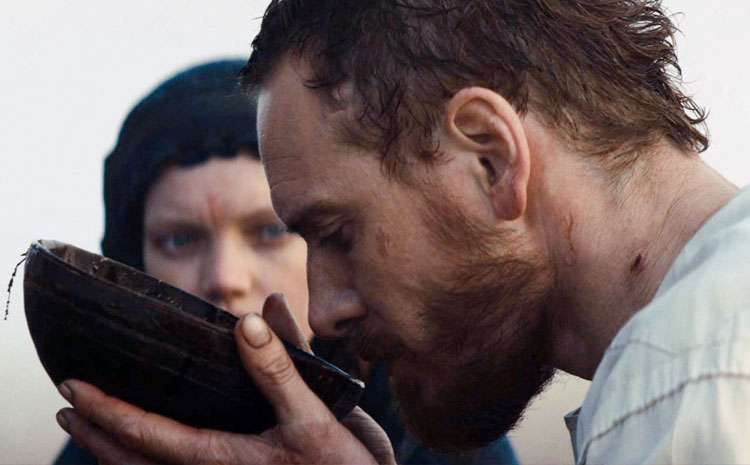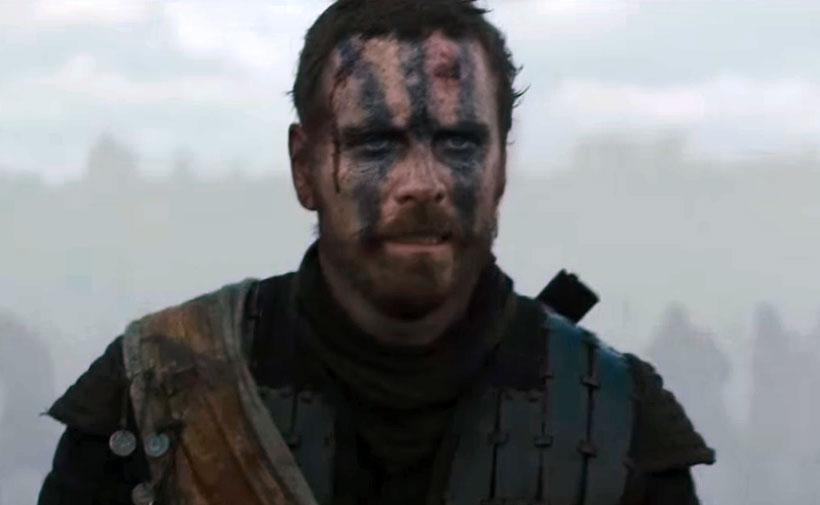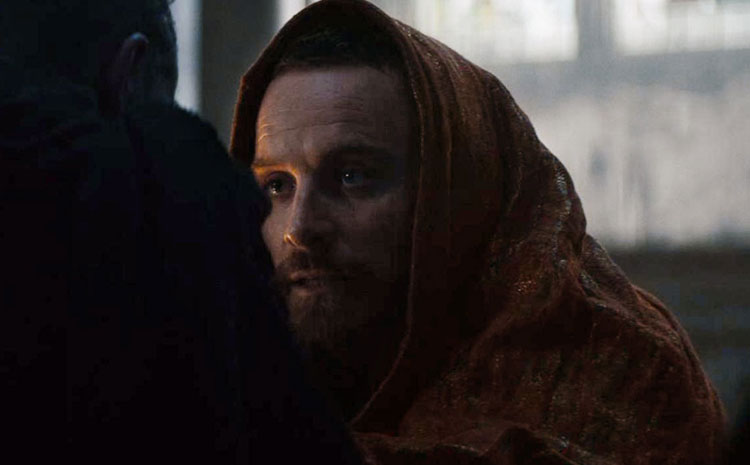
|

|

|

|

|

|

|

|

|

|

|

|


In “Macbeth,” high medieval fashion gets a makeover befitting the rugged landscape of 11th-century Scotland. “We avoided all decoration — the brocades and braids — anything you’d associate with medieval style,” Jacqueline Durran, the film’s costume designer, said. “We wanted it to be almost primitive.” Instead she relied on materials like bone, hemp and nettle to dress the mad and murderous characters of one of Shakespeare’s darkest stories.
Indispensable to the process was a book Ms. Durran called the Tilke, a sort of encyclopedia of folk costume, compiled and illustrated in the 1920s by a German artist and ethnographer, Max Tilke. She also referenced books about Viking archaeology and history to get an idea of the fashions developing in Northern Europe at the time.
“I always enjoy looking at costumes of different ethnicities,” she said. “There’s an amazing similarity between shapes around the world.”
Tilke’s sketches provided the basic silhouettes, which she built from hand-woven fabrics embellished with folk decoration, like bells and beads, similar to clothing worn by nomads or ancient people living in rudimentary conditions. The severe weather during filming on the Isle of Skye, off Scotland, and in Northern England, helped make those conditions a reality for the film’s stars, Michael Fassbender and Marion Cotillard, who played Macbeth and his Lady.
“During the opening battle sequence, they were just getting blasted by a freezing gale, so the harshness of that environment was always in our minds,” Ms. Durran said.

Speaking by phone from her home in London, Ms. Durran discussed the many cultures that inspired her designs. Here are edited excerpts from that conversation:
Creating the Mood Justin Kurzel, the film’s director, saw “Macbeth” as a sort of western, Ms. Durran said. But she viewed 11th-century Scotland as “a source of imaginary space because the representations we have of that century are so stylized and few and far between.”
“You have to create it in your mind,” she added. On a mood board Ms. Durran placed pictures of nomadic Indians in heavy quilted fabrics; early-20th-century Algerian and Ethiopian villagers draped in dusty muslin; women with anguished faces protruding from dark veils, taken from the Pier Paolo Pasolini film “The Gospel According to St. Matthew”; and the bloodied face of a German P.O.W. in Russia during World War II, among other austere references. “It was all really cheery stuff,” she said.
The Veiled Lady
Using organic materials was important to Ms. Durran, though they were not always easy to find. One of her proudest achievements was acquiring hand-woven nettle from Nepal with which to make a black dress for Lady Macbeth. When she stands outside a remote village awaiting the arrival of King Duncan (David Thewlis), she’s shrouded in what looks like a giant black veil.
“In primitive civilizations, you often see women covering their heads, so I thought the simplest way to do that would be to pick up the back of the skirt and throw it over her head,” Ms. Durran said. To give the skirt enough volume, she added partridge pleats — multiple rows of narrow pleating — which also gave the raw, dark fabric some texture, she said.
But getting it just right took several attempts, and consequently, several fittings with Ms. Cotillard. “I don’t do sketches. I just jump in straightaway with fabrics,” she added. “I’m probably the worst nightmare for a low-budget film. I’ll never get offered another one.”

A Samurai’s Uniform.
Since an abundance of metal would not have been available to these outliers, Ms. Durran fashioned battle uniforms out of hemp, leather and quilted materials. “It was about building up the fabric to give it strength, then placing strips of leather over it, like samurai armor, which used strips of bamboo instead of leather,” she said.
Primitive Royalty
“Duncan was a king, but of a very desolate land,” she said, so while the women of the court would have made his clothes with care, they would “still have been quite naive, literal. There wouldn’t be a lot of finesse to them.”
The priestlike sash Duncan wears, for instance, was decorated with only a few heraldic images: that of the Scottish lion, the crests of the Thanes of Scotland and a simple cross, used to convey a sort of primitive divinity in the royals of this world, she said. That was in keeping with “the primitive Christianity of the time,” she added. Lady Macbeth has “North African Tuareg crosses on her coronation dress and hanging from her necklace, the idea being that she is appropriating what a king would wear.”
The Viborg
As kings, both Duncan and Macbeth are seen wearing what is known as a Viborg shirt, so-named for a piece of ancient Viking clothing excavated from the peat marshes of Scandinavia, Ms. Durran said. “It’s the closest thing to an 11th-century shirt in existence. ”
Dark Side, Light Palette Since most of the film’s characters are dressed in blacks, grays and browns, the royalty was also distinguished by a lighter color palate. Duncan arrives at the village in an off-white gown and orange robe, which Macbeth acquires when he goes to at Dunsinane as king, Ms. Durran said. “And the nice thing about it is that it’s sort of counterintuitive,” she said. “We tend to think of light as good and dark as evil, but they’re actually becoming more spectral in appearance the darker their characters become.”
